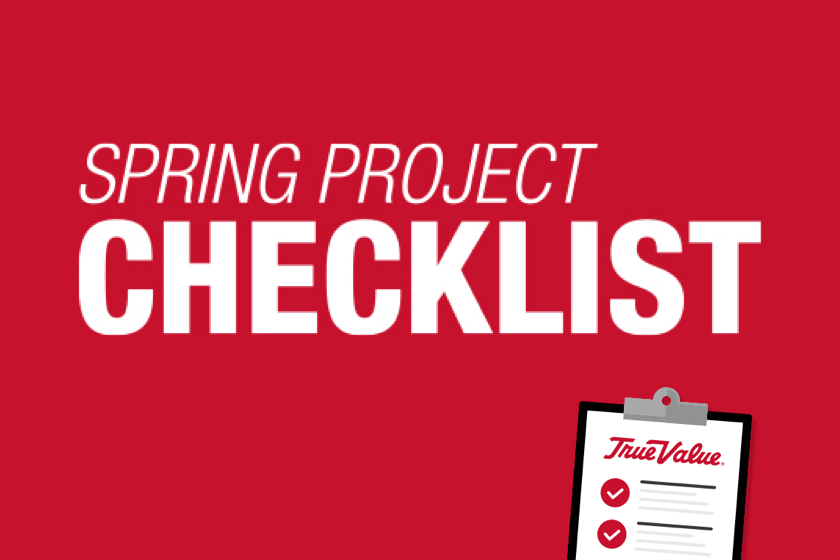1. Fertilizer Spreader
A broadcast spreader makes it easy to evenly distribute seed, weed killer and fertilizer across large yards. Even distribution helps to prevent streaking, patching and uneven application to your lawn. If you have small yard get a handheld spreader. Handheld spreaders are perfect for lawns 2,500 square feet or less.
Tip: Use a spreader to distribute grass seed in the spring and ice melt/salt or sand in the winter. It is important to thoroughly clean all parts of the spreader after each use.

2. Aerator
Aerate your lawn to help maximize water absorption, increase the effectiveness of fertilizer and reduce puddling in your lawn. The best time to aerate your lawn is determined by the climate where you live and the type of grass you have.
Tip: A handheld aerator is an inexpensive option for small lawns or areas where a larger aerator can’t reach.

3. Hand Weeder
A hand weeder helps to make removing weeds from your lawn and garden easier. A stand-up or long-handle weeder doesn’t require you to get down on your hands and knees. A traditional hand weeder is ideal for more control and infrequent gardening.
Tip: Hand weeders are an eco-friendly alternative to using chemicals on your lawn and garden.

4. Lawn Mower
The right lawn mower can make cutting your grass easier and more efficient. You can choose a push or self-propelled gas mower, corded or cordless electric mower, riding mower or a reel mower.
Tip: To choose the right mower for your lawn consider the size of your yard and the type of terrain you have. Also, consider whether you’d like quieter mower or an eco-friendly option.

5. Lawn Shears
Lawn shears or grass clippers are perfect for cutting grass or trimming the edges of your lawn where your mower or string trimmers can’t reach.
Tip: Lawn shears are also ideal for trimming new growth around plants, bushes and trees for a nice, manicured look.

6. Leaf Rake
Choose the right rake and you’ll make completing your gardening and landscaping tasks much easier. The two most common types of rakes are the leaf rake and a bow rake. A leaf rake is ideal for raking fall leaves and lawn debris. A bow rake is perfect for leveling soil.
Tip: Shrub rakes are similar to small leaf rakes, which makes them ideal for removing light debris from in and around shrubs and bushes.

7. Shovel or Spade
The difference between a shovel and spade lies in the tasks they were designed to do. A shovel has a rounded blade and a pointed tip. It is ideal for digging and breaking up soil. A spade is better for cutting through and moving soil, grass and clumps of dirt.
Tip: Sharpen the tip of your shovel or spade annually or after heavy use.

8. Hose
The three main types of hoses are garden hose, soaker hose and sprinkler hose. A garden hose is an all-purpose hose great for watering flowers and/or washing your car. A soaker hose is the ideal hose for watering delicate plants and flowers. A sprinkler hose is a water-saving option for watering your lawn, garden or flower beds.
Tip: When choosing a hose take into consideration usage for water flow and capacity, the size of your yard and the climate where you live.

9. Wheelbarrow
Wheelbarrows and garden carts are essential tools for gardening and landscaping. Wheelbarrows have a sloping side tray and usually have one front wheel. Wheelbarrows are easy to control since you push and walk behind them. Garden or lawn carts usually have straight sides and flat bottoms and have two to four wheels. Wheelbarrows are designed to be pushed, while garden carts are designed to be pulled.
Tip: Plastic and Polyethylene wheelbarrow trays are lighter and are perfect for light-duty work. Steel wheelbarrow trays are heavier and are better suited for heavy-duty work.












